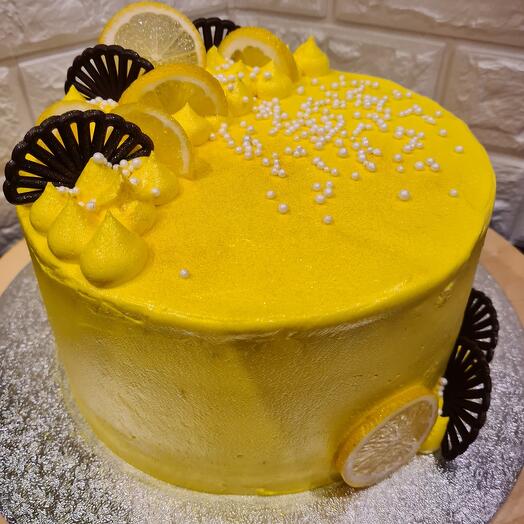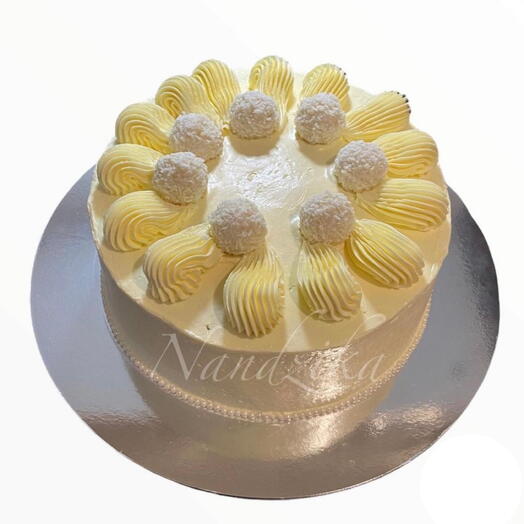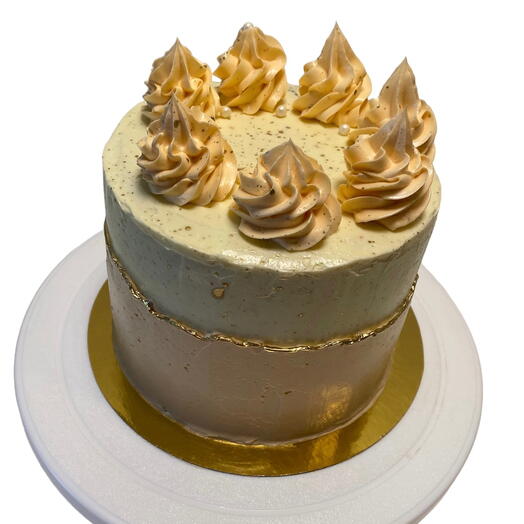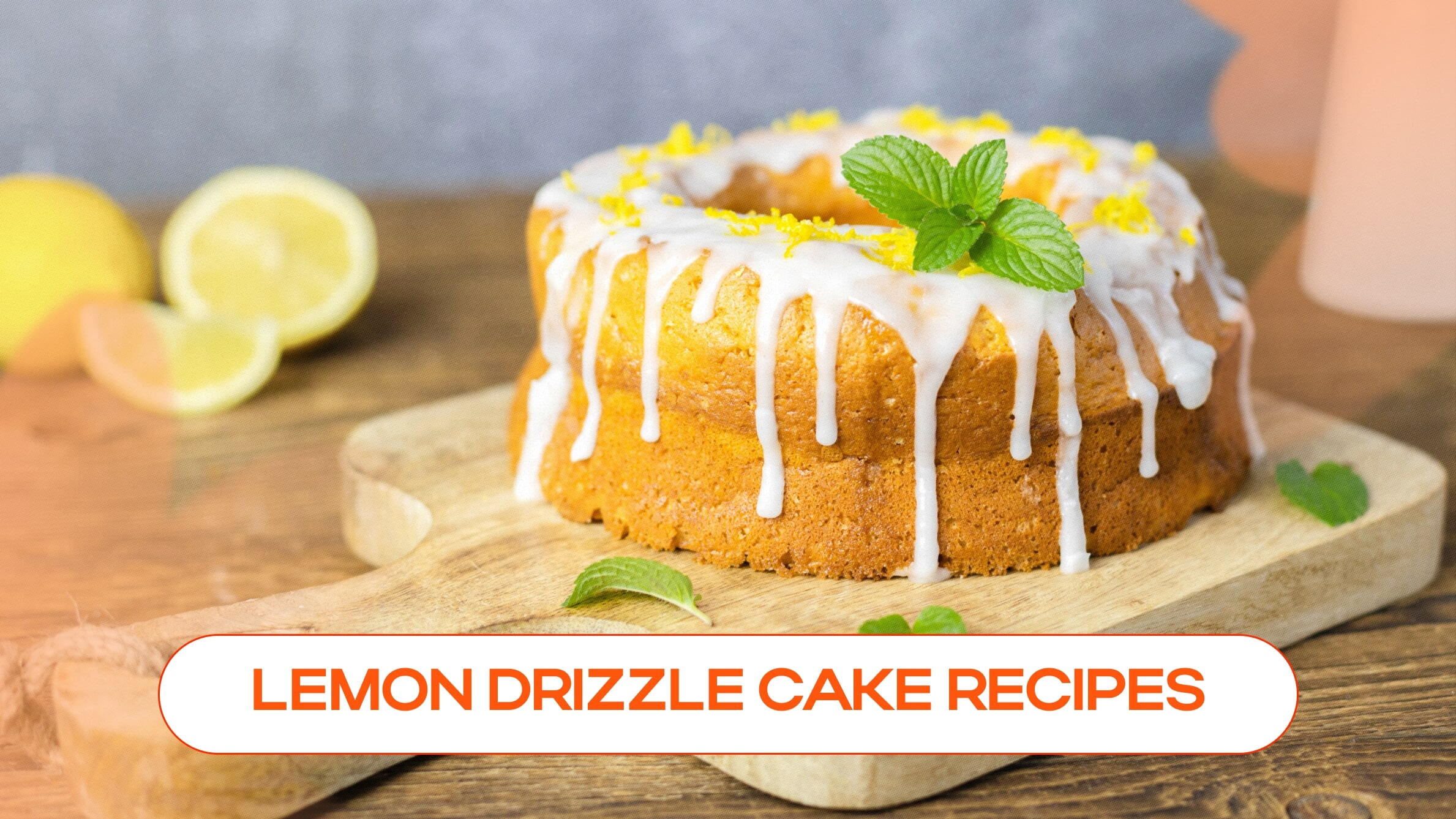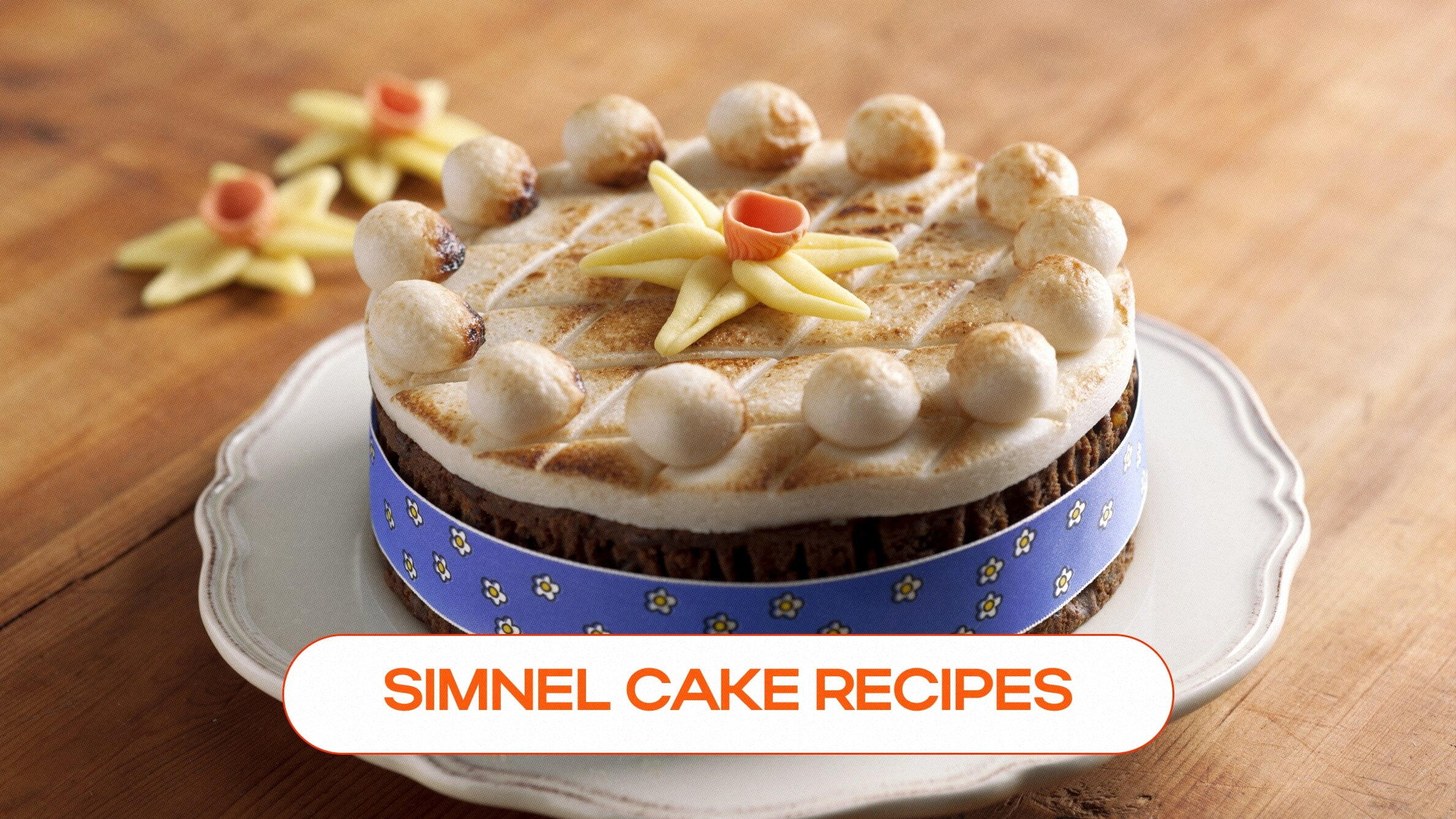
When it comes to Christian traditions, one wonderful treat that often graces the table is the simnel cake. Covered in marzipan decor and infused with various fruits, this sweet dish holds a unique place in Easter festivities. Let's explore the history of the simnel cake, the common ingredients used in preparation, and the hidden meaning of this classic dessert.

The origins of Simnel cake
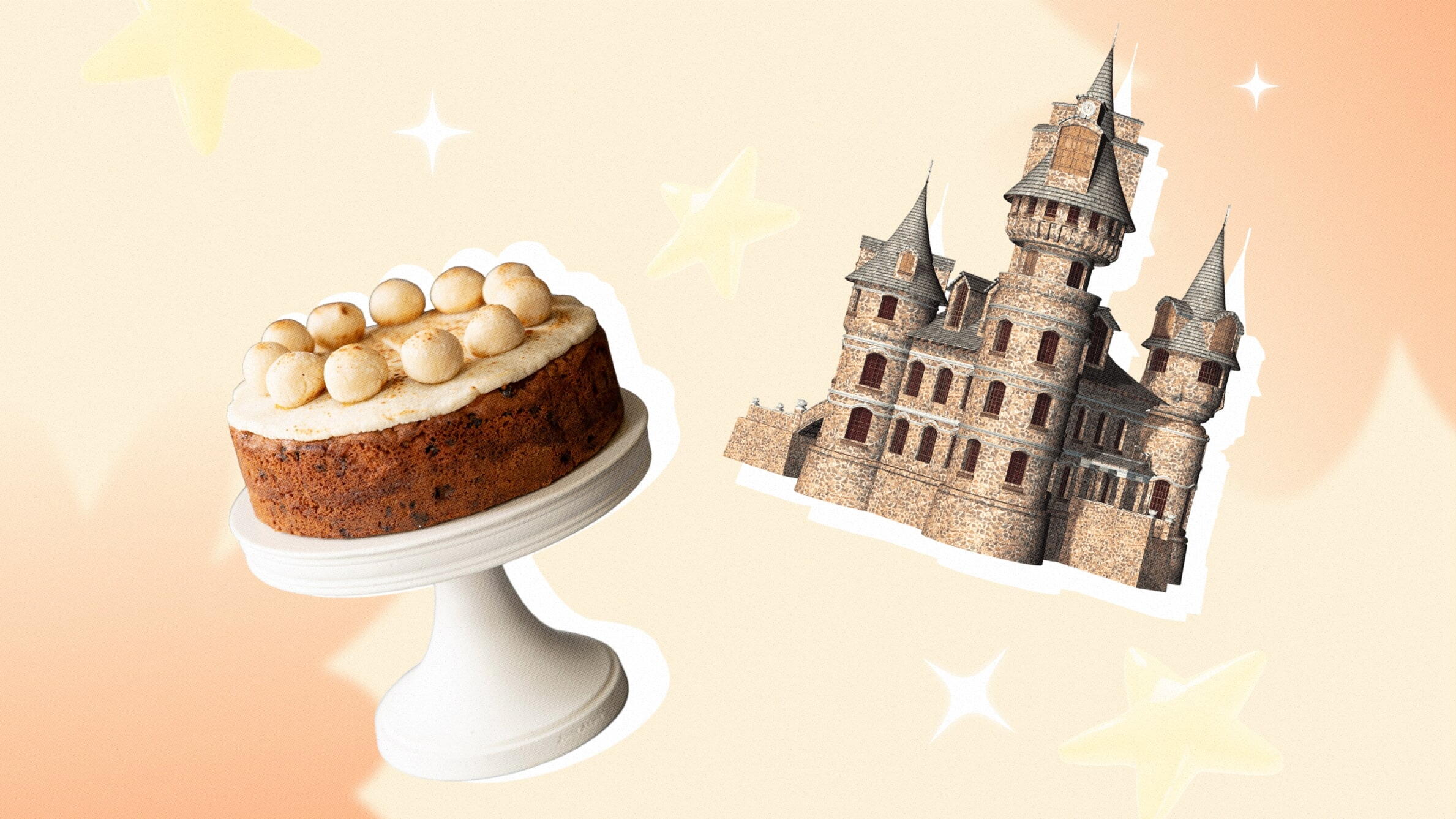
So, what exactly is Simnel cake? It’s an old-school treat from the medieval era, right around when the popularity of Easter was increasing. The name "simnel" is a derivative of the Latin word "simila," referring to the flour used for baking back then. Originally, daughters would bake this cake on Mothering Sunday, a day for celebrating motherhood during the fourth Sunday of Lent. Fast forward a few centuries, and this wonderful dish becomes a big deal for Easter, marking the final days of Lent and celebrating Jesus’ return.
The best part about simnel cake is almost certainly marzipan. While the thoughts on marzipan might vary for different people, for this dessert specifically, it adds an incredible flavour! Typically, this treat is decorated with symbolism in mind, with eleven marzipan balls or figurines referring to the apostles, and the twelfth ball in the centre as the Son of God.
Over the years, the traditional recipe has changed a bit, with little tweaks and changes included depending on family preferences. If you prefer a richer taste, you can add a splash of brandy or another type of liquor.
When is simnel cake eaten

Simnel cake holds a special place in Easter traditions and is almost always prepared during this season. It is a prime candidate for Easter Sunday, marking the beginning of the annual festivities. However, it's not uncommon for people to start enjoying this dessert much earlier, especially during Holy Week. Families and friends often gather to share slices of this rich fruitcake, deeply symbolic of the celebrations, accompanied by other traditional delights. Because Simnel cake recipes are passed down through generations, it’s uncommon for their preparation to become a cherished part of Easter gatherings and meals.
It can be difficult to find a worthy and healthy dessert for children; however, there are always options! We’ve gathered the best Easter treats to order when your tiny guests have a sweet tooth, offering both splendid taste and a themed decoration for the holiday.
Very easy simnel cake recipe
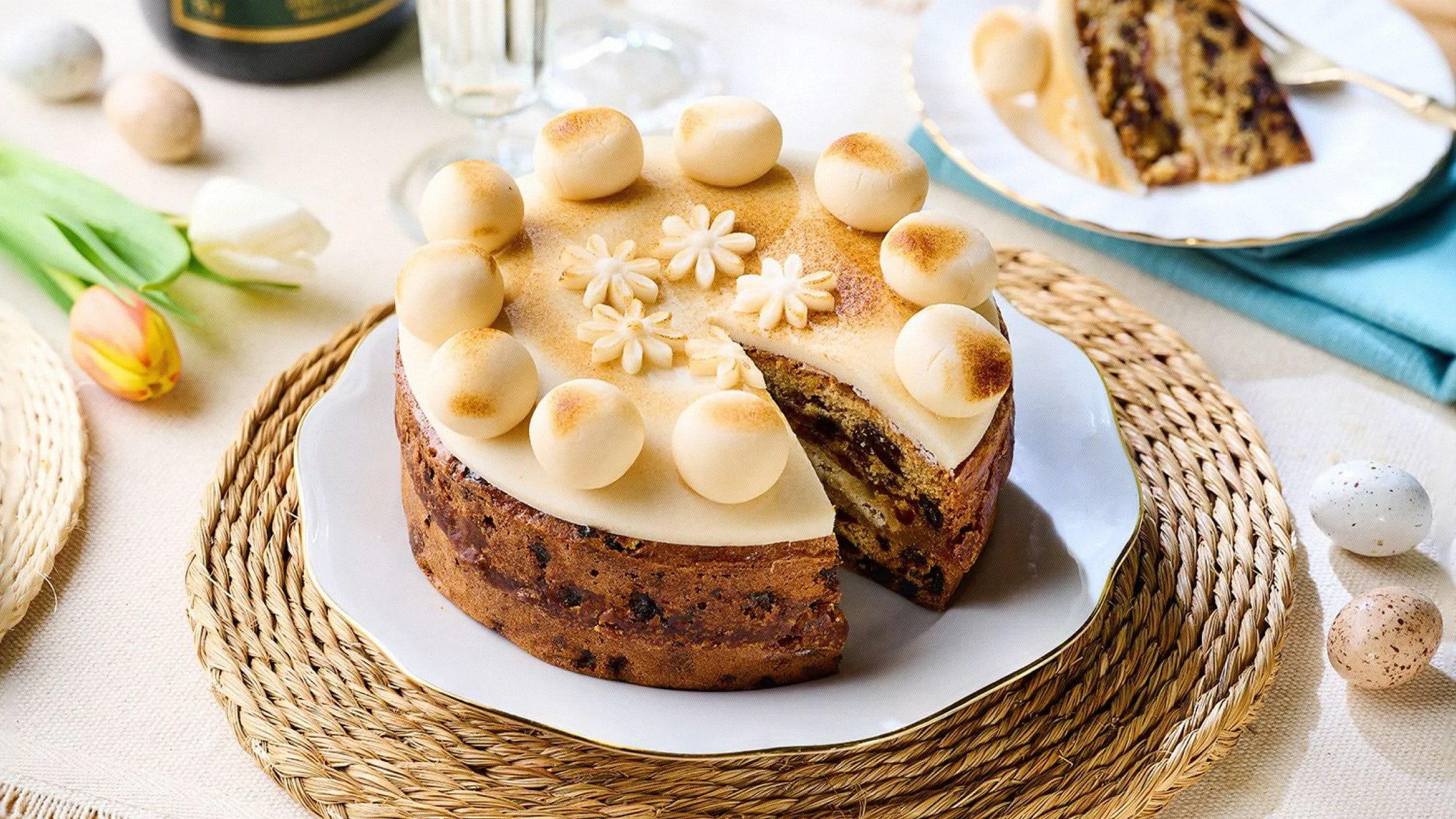
Before we embark on this delightful journey of baking a traditional Simnel cake, let's take a moment to appreciate its rich history and the skill it demands from aspiring bakers. While it may seem daunting at first, fear not! With our guide, you'll be well-equipped to tackle this classic treat with confidence.
Nutritional values per serving
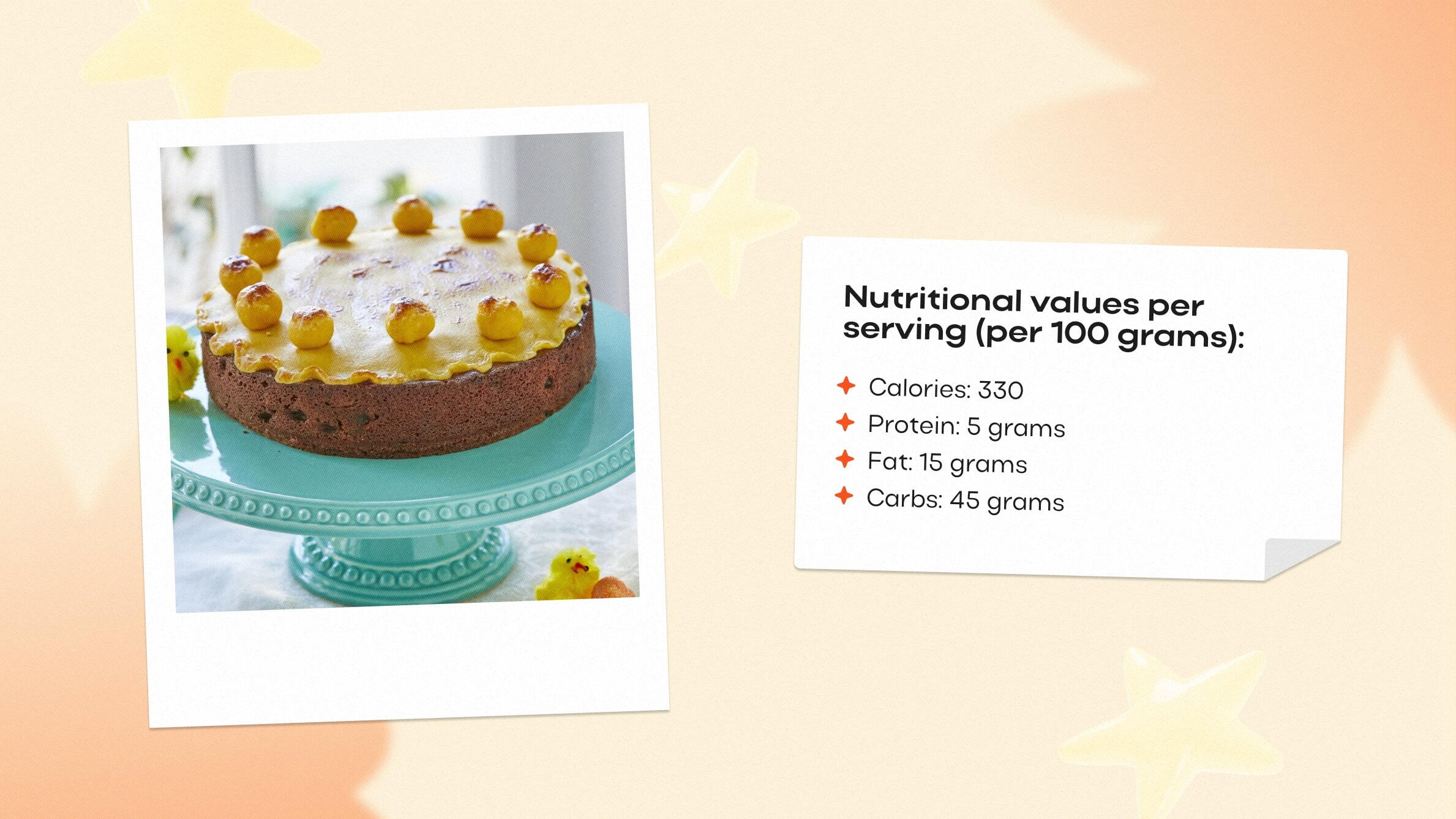
This dense, fruit-laden cake typically contains around 330 calories per 100 grams. Given its richness in sugars and fats, primarily from marzipan (almond paste), butter, and dried fruits, it provides a considerable amount of energy. This cake also offers small amounts of dietary fibre and various vitamins and minerals.
It's important to enjoy such rich desserts in moderation, particularly for individuals monitoring their intake of sugars and fats. Integrating Simnel cake as a festive treat, rather than a regular dietary component, allows for enjoyment without significantly impacting nutritional balance.
Ingredients
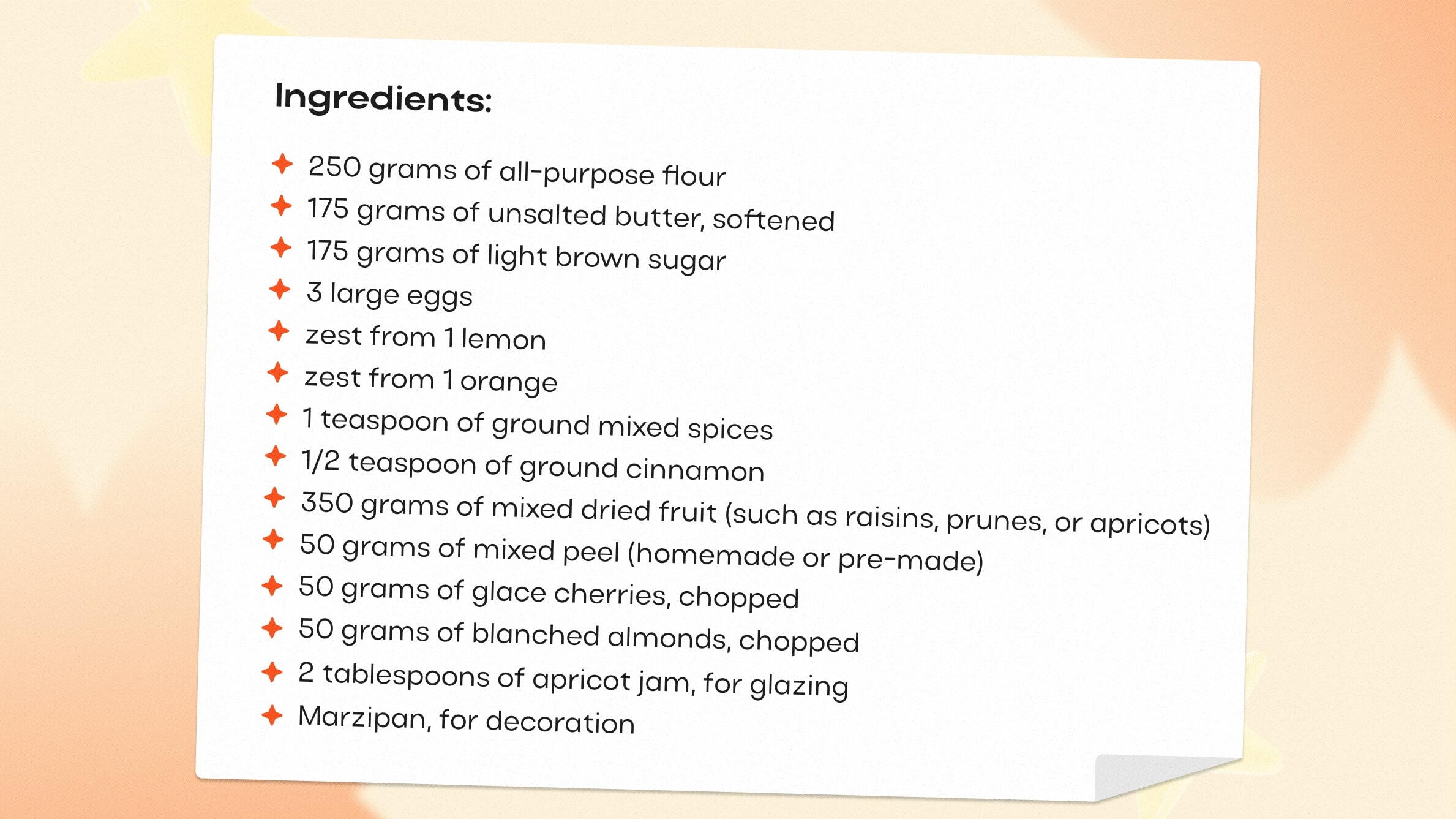
Cake preparation method
To prepare the classic variation, you can follow these simple step-by-step guidelines.
Preparing the dough
- Let’s start by preheating the oven to a standard 150°C (or 300°F). While it’s warming up, find an 8-inch round tin tin and grease it generously with butter, topping it off with parchment paper.
- While the oven is still warming up, let’s get started on the batter. Take your fruit mix and enhance it with grated zest. Next, infuse it with mixed spice; you can use the premade store version or prepare it yourself from scratch.
- Next, combine the well-melted butter with brown sugar. Keep whisking until it becomes quite fluffy and slightly pale.
- Gradually add the eggs. For the best consistency, consider sprinkling a full tablespoon of flour with each addition; mixing everything at once might risk curdling and spoiling the whole process. No one wants to start over!
- Fold in the remaining flour and the premade fruit mixture until everything is combined. The resulting batter should be relatively thick and not too runny so that the marzipan circle easily stays on top without being “swallowed”.
- For the last step, pour just half of the batter into the baking form, using a spatula to achieve that smooth, even look.
Preparing the marzipan topping
This stage is relatively simple, but it might take a few tries if you’re doing it for the first time.
- Let’s begin by rolling one-third of the marzipan into a flat circle (no need to make it perfectly round, but do measure it so that it’s slightly smaller than the baking form you’ll be using).
- Then, place your round creation on top of the batter, making sure that it doesn’t get “swallowed” by the batter if it’s too runny. Add more flour to the mix if that’s the case.
- Finally, cover everything with the remaining blend.
Baking the cake
- Now, take some time for yourself! The cake needs to be left alone in the oven for approximately 2 to 2 1/2 hours; check on it from time to time with a skewer. If it comes out completely clean after being inserted into the cake, it’s time to finish the baking.
- Once baked, do leave the tin for 10 minutes in the kitchen; otherwise, your dessert might crumble right then and there.

Vegan simnel cake recipe

Indulging this rich tradition doesn't have to exclude those with a vegan lifestyle. With this recipe, everyone can enjoy the classic flavours and participate in creating the festive spirit that Easter is so well-known for! Whether you're a vegan or simply looking for a plant-based option, this recipe for Simnel cake ensures no one misses out on the delicious tradition.
Ingredients
In the vegan simnel cake, the selected ingredients serve specific purposes, satisfying dietary preferences without compromising the traditional characteristics of the cake.
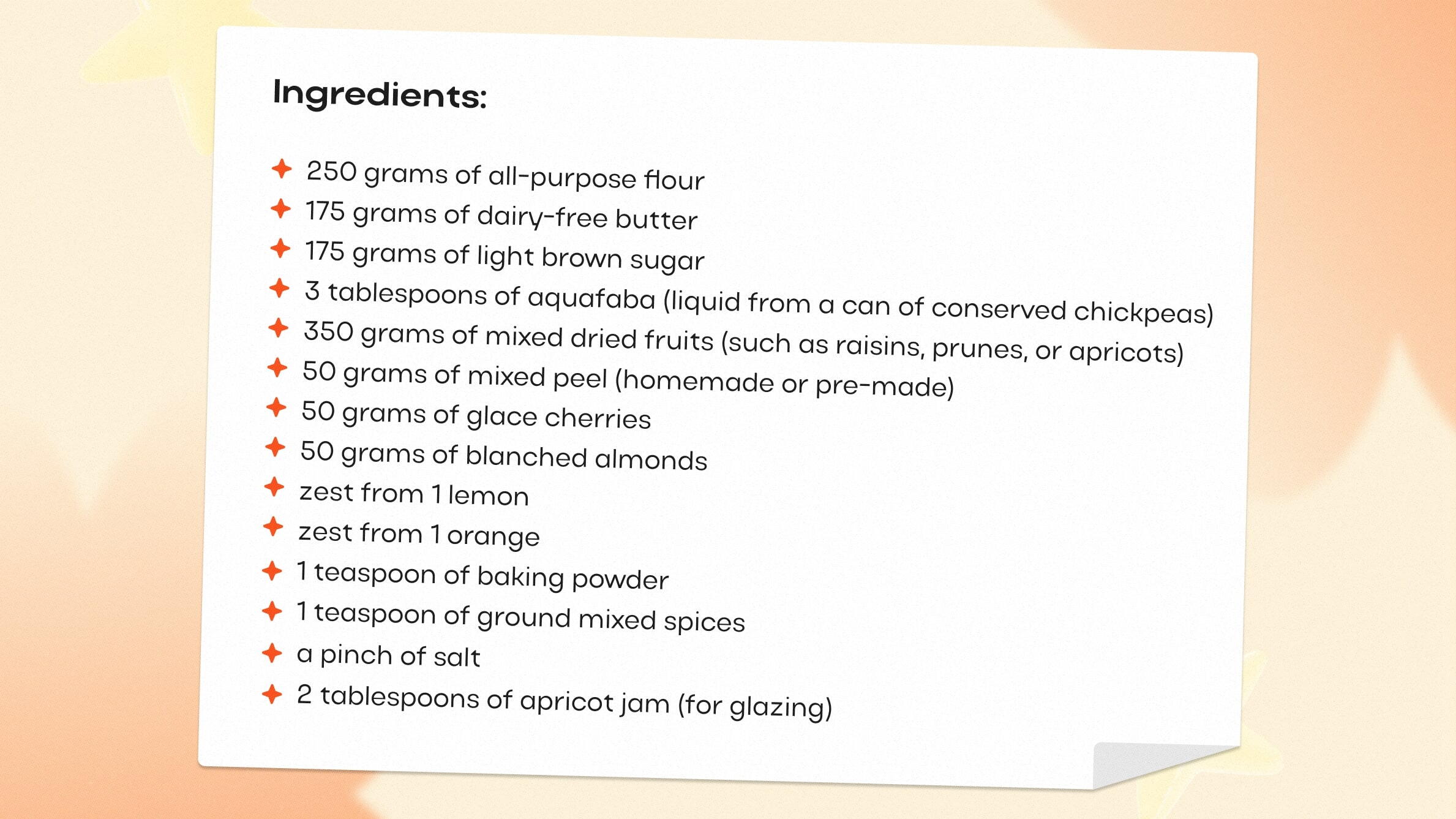
The method of preparing and cooking a cake
Preparing the batter for vegan cake
- This recipe is relatively similar to the classic one we discussed above, but there are a few differences to mention. Until then, let’s take the first step by repeating step 3 from the “dough” stage.
- Once done, slowly add the aquafaba; don’t forget to mix well between additions.
- Next, blend all the dry ingredients in a larger bowl in any order you like. Carefully fold it into the wet blend until fully combined.
- As before, add the zest and mixed peel together with dried fruits, cherries, and nuts, evenly distributing everything.
- Finally, return to step 4 in the original recipe, and keep going until you have completed every step.
- For a beautiful finish, take a moment to slightly warm a handful of apricot jam and gently brush it over the top; this is how you achieve the staple glossy finish.
Historically, this treat is covered in marzipan as a token of remembrance for the world-renowned apostles. For a vegan twist, use vegan-friendly marzipan or make your own by combining some almond meal and icing sugar (yes, it’s different from the normal one!). Once everything is done, create any shapes you have in mind for the decor.
How long can you keep a Simnel cake for
If you store your baked treat correctly, it’s highly likely to stay fresh for weeks, which is an excellent solution for a big family. Choose an airtight box or container to keep the cake edible as long as possible; otherwise, wrap the leftovers tightly using cling film. This stops the soft cake from getting dried out. For storage, consider somewhere cool and dry and ensure it's away from any sunlight or heat. By following these tips, you can enjoy your simnel cake's yummy goodness for 2 to 3 weeks, stretching out the deliciousness even after Easter is over.
Simnel cake decorations
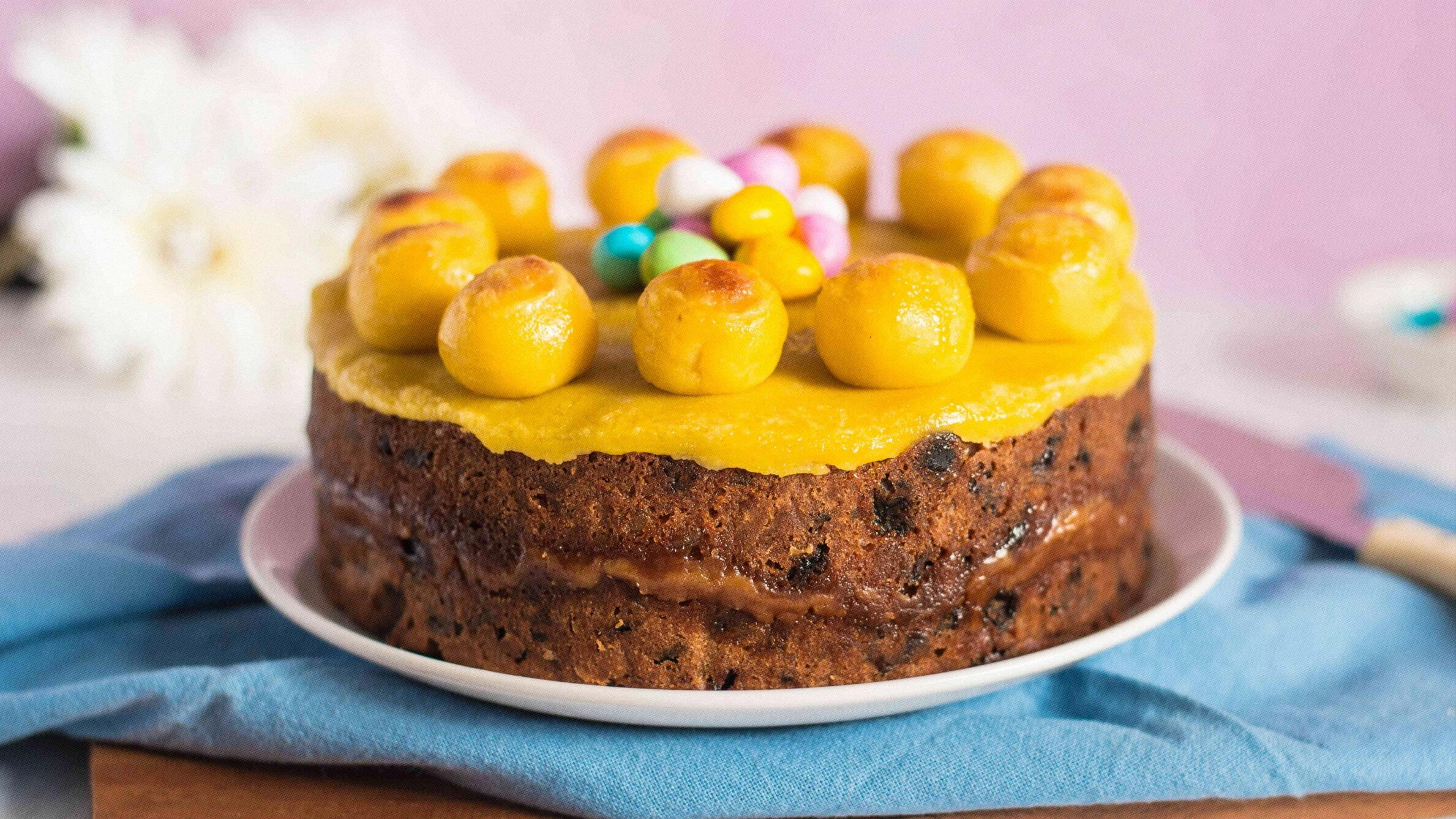
Tips for making marzipan balls
Adorable marzipan balls aren’t there just for visual appeal or entertainment; their touch infuses this traditional dessert with a burst of nutty flavour. To create this perfect decor, you’ll need a marzipan sheet rolled out to a thickness of about half an inch. Then, you can opt for a small round cutter, such as a pizza cutter or a similar tool, but it’s also very doable with just your hands. Create evenly sized balls or let your imagination run wild - there’s no right or wrong way for creativity! For some extra elegance, consider dusting your resulting decor with icing sugar or cocoa. Finally, there’s one more choice to be made: create a traditional circle by pressing the balls gently into the icing or simply doing any pattern you think works best for your dessert. We suggest doing a row down the centre of the cake or going for a flower-like design. However you choose to decorate your treat, we’re sure that will impress your guests and make your table truly memorable.
How to fry marzipan balls for the top of a Simnel cake

Tossing fried marzipan balls on your Simnel cake is an excellent trick to bump up both the taste and looks of this Easter treat. Start by making sure your marzipan balls are well chilled so they keep their shape when you fry them. Then, heat a bit of oil or butter in a non-stick pan on medium flame. While the pan is hot, gently put the marzipan balls in, but don't cram them. Fry them for a minute or two on each side until they're golden brown and a bit soft on the inside. Flip them carefully so they don't get squished. Once they're fried, take them out and let them hang out on some paper towels to get rid of any extra grease. When they're cool, pop them on top of your Simnel cake for that delicious, crunchy caramel bonus.
How else can you decorate a simnel cake

In addition to the traditional decoration, there are several other ways to add a personal touch or enhance the visual appeal of your masterpiece. Some alternative ideas include:
Fresh fruit
Place slices of fresh fruit such as strawberries, raspberries, or kiwi on top of the dessert for a vibrant and colourful decoration. Follow specific patterns or designs to achieve an eye-catching appearance or simply follow your imagination!
Nuts
Toasted nuts like almonds, walnuts, or pecans are a wonderful solution for those who love some crunchy texture and nutty flavour. Sprinkle them over the top or around the edges for an elegant finish.
Edible flowers
Decorate the cake with edible flowers such as rose petals, pansies, or violets for a touch of natural beauty. Make sure to use flowers that are safe for consumption and free from pesticides.
Chocolate ganache
Chocolate ganache? Why not! It allows for a decadent and indulgent finish. You can also use chocolate shavings or curls to add texture and richness to the decoration.
Royal icing
Pipe intricate designs or patterns onto the cake using royal icing. You can create swirls, flowers, or other decorative motifs to personalise the cake and make it stand out.
Fondant
Roll out fondant and use cookie cutters or cake stencils to create shapes or designs to decorate the cake. Fondants can be coloured and shaped into various decorations to suit the theme or occasion.
Candied fruits
Glaze or candy fruits such as cherries, citrus peel, or ginger are just perfect for a sweet and festive touch to the decoration, especially for children who prefer something more interesting.
By experimenting with these alternative ideas, you can customise your Simnel cake to suit your taste preferences and create a stunning centrepiece for any festive occasion.

